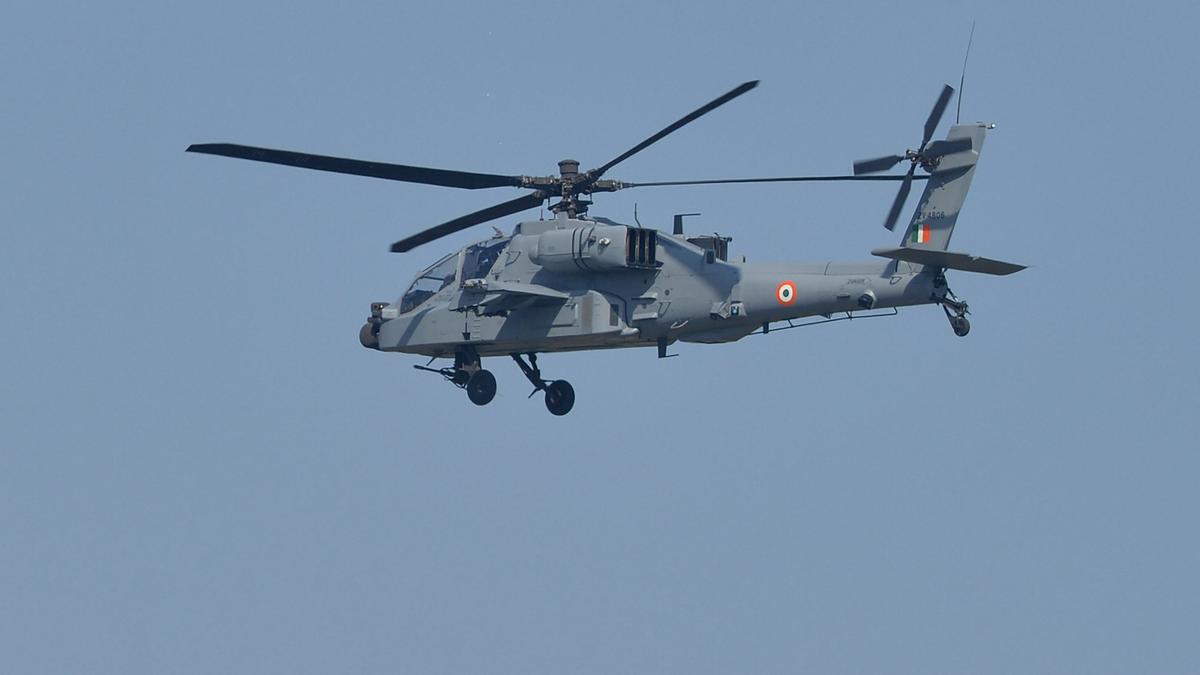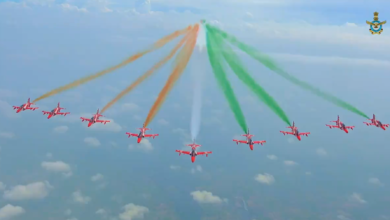IAF Apache Helicopter Makes Emergency Landing In Ladakh

- They are used to carry heavy loads, and the main cabin can fit more than 33 fully armed troops.
- It was part of a plan by the Indian Air Force (IAF) and the Ministry of Road Transport and Highways to build ELFs in different parts of the country.
On Thursday, the Indian Air Force said that an Apache chopper had to make an emergency landing in Ladakh. The high altitude and rough terrain caused damage to the helicopter. It also said that the accident happened on Wednesday and that both pilots are safe.
The IAF has asked for a Court of Inquiry to look into what happened.
“On April 3, an IAF Apache helicopter made a safe landing in Ladakh while on an active training mission. It was damaged during the landing because the ground was rough and it was high up, the IAF said in a short statement.
“Both of the pilots are safe and have been taken to the closest airbase.” “The cause has to be found by a Court of Inquiry,” the IAF said.
IAF helicopters conduct trials on national highway
A few days before the accident, IAF Chinook, Mi-17, and ALH helicopters landed on a section of the national highway that connects Kashmir to the rest of the country as part of an Emergency Landing Facility (ELF) drill. It was the first time that this kind of practice had been held in Jammu and Kashmir.
In the early hours of Tuesday, two Chinook helicopters made in the US, one Mi-17 helicopter made in Russia, and two Advance Light helicopters (ALH) arrived on the Wanpoh-Sangam section of the Jammu-Srinagar National Highway.
Chinook helicopters can go as fast as 310 km/h and have a range of 741 km. They are used to carry heavy loads, and the main cabin can fit more than 33 fully armed troops. It can also be used to get sick people to safety, and it has room for 24 stretchers.
Up to 35 people can fit in the Mi-17 helicopters. Both of these planes have been used to help people in need after natural disasters.
Emergency landing strip in J-K
The 3.5-km emergency landing strip was built between 2020 and late 2018. It was part of a plan by the Indian Air Force (IAF) and the Ministry of Road Transport and Highways to build ELFs in different parts of the country.







Facebook Comments